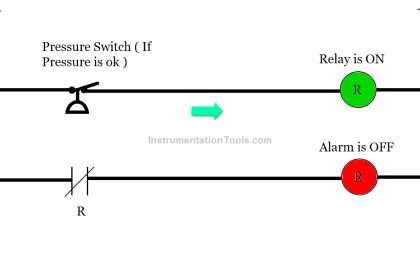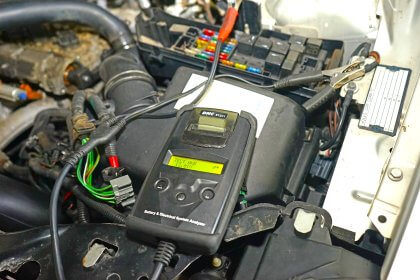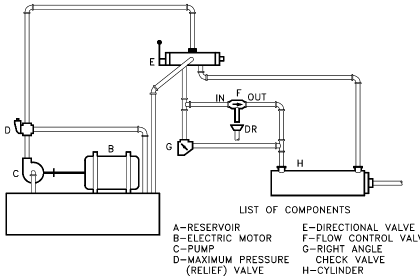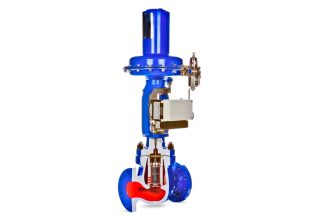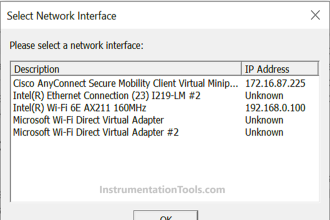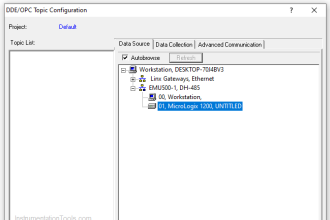What if your product doesn’t work as it should? How would you find out? In the case of software, this means bugs and glitches. To ensure that the software runs smoothly, QA teams often conduct test automation in a testing environment.
The production environment may seem like a logical step after test automation, but it’s not so straightforward.
With increased competition everywhere and release cycles growing shorter, companies need to get their product to market faster than ever before.
This is where Test Automation in Production comes into play. Let’s see what this production environment for test automation could mean for your software team (and your release cycle).
What is Test Automation in a Production Environment?
Test automation is the process of using software tools to run tests on an application automatically. Test automation is used in both development and production environments. In a development environment, test automation creates and executes testing of new features.
In a production environment, test automation is used to monitor the performance of existing features. Therefore, test automation tools need to be configured to run continuously when used in a production environment.
As companies move their applications into production, they often find it challenging to keep track of all the essential metrics necessary for monitoring performance. This can be especially challenging for large applications that run across multiple servers.
Companies can use test automation tools to monitor key metrics such as server health, latency, and uptime. By monitoring these metrics automatically, companies can ensure that their applications are running smoothly and efficiently.

Why Do You Need to Run Test Automation in a Production Environment?
It’s necessary to execute test automation in a production environment to maximize the benefits of automation.
You can catch bugs early if you have automated testing running in production. That way, you ship with fewer bugs, and those you do discover can be addressed quickly.
There’s no better way to learn how your product behaves than by having it running in production. If something goes wrong, you can investigate and fix it quickly — before it causes too much damage.
You can validate that your product meets key metrics like availability and performance.
Automated testing run in production will ideally be able to detect issues related to security, compliance, and third-party integrations that are critical to the success of any business.
If you’re running a multi-cloud environment, you’ll need to use tools such as TestStand (available for all major cloud providers, including AWS, GCP, and Azure). This allows for a proper multi-cloud testing solution and helps avoid creating a separate environment for each provider.
TestStand standardizes and optimizes the test automation processes to streamline data collection and workflows.
What Kind of Testing is Done in the Production Environment?
A/B testing and load testing are often carried out in the production environment to ensure application performance and quality.
A/B testing determines which version of the product or app will perform better within specific sets of criteria. This can include everything from user behavior to how many people engage with the product at any given time.
Within the tech world, A/B testing is most commonly used to determine which website version will lead to the best engagement and conversion rate. Load testing determines how well a system performs under heavy loads. This can help uncover impeded performance during peak traffic times.
In practice, production environments often are used to test new features or applications that have not been vetted during the test phase.
Benefits of Test Automation in the Production Environment
- Increased revenue: With better-informed design choices, your site is likely to increase traffic, which increases revenue.
- Improved decision-making process: A/B testing and online experiments are great ways to understand what your users want and how they interact with your product.
- Better customer experience: By understanding your customers better, you can offer them a better experience.
- Improved efficiency: By using automated software tools, testers can complete tasks more quickly and with less effort. This allows testers to spend more time on higher priority tasks, such as exploratory testing or bug triage.
- Eliminating additional steps: In addition, test automation can eliminate the need for manual testing in some cases (which will reduce costs). By reducing the need for manual QA, test automation can also help to ensure quick execution of tests.
- Increased accuracy: Automated testing helps to ensure greater accuracy than manual testing. Because computers execute tests instead of humans, they are less likely to make mistakes. In addition, automated tests can be quickly re-run if there is an error, allowing testers to identify and fix the problem promptly.
Drawbacks of Test Automation in the Production Environment
- Cost of test automation: Test automation in the production environment is expensive and time-consuming. You need to hire experienced test engineers and have them develop a robust test automation suite.
- Risk of production outages: Production is where your application is running, and it’s what you’re trying to test. If the test automation crashes production, then there could be underlying issues.
- Test automation is unpredictable: Because you’re automating production, everything needs to be as close to perfect as possible. As a result, the slightest change in the application can cause the test automation to break.
- Test automation is Slow: Test automation in the production environment is slow because it relies on manual scripts. Manual scripts are processed by individual users, thereby limiting the speed of execution.
How to Implement Test Automation in a Production Environment?
- Decide which parts of production to test: The first step is to identify the production parts to test. For example, you may want to test the installation of the OS, the installation of all the dependencies, the login of the user, etc.
- Break down complex processes: Once you’ve decided on the processes to test, break them down into smaller chunks. A complex process might take weeks to automate. Once broken down, it might take a couple of days.
- Create a test plan: Once the team has decided which processes to test and how to break them down, create a test plan. This should have all the processes that are to be automated and the time duration for each.
- Identify the risks and create a plan to mitigate them: Once you’ve automated a process, it’s crucial to identify the risks, such as software incompatibility or incorrect time evaluation, and create a plan to mitigate them. For example, a process might be crashing the database. In that case, you’ll want to add database failover.
Examples of Testing in Production
The practice of testing in production is relatively new, but it’s quickly becoming an essential part of software development. Most tests were run in a separate staging environment or pre-production environment in the past. By running tests in production, companies can better see how their software performs under real-world conditions.
These tests can be conducted with a variety of techniques, including:
Black box testing: This type of testing focuses on the inputs and outputs of a system. It’s used to check that all the expected outcomes are generated from expected inputs. Black box testing can test any part of a system that has been built and is ready for testing.
White box testing: This type of testing is also known as structural or glass box testing. It focuses on the internal workings of a system. White box testing can test any part of a system not yet built or not yet integrated into the overall system.
UAT (User Acceptance Testing): The end users conduct this type of testing to ensure their experience meets their expectations and is acceptable. UAT is performed after the initial release to a subset of your users. However, it should also be conducted periodically throughout the life of your product to ensure it remains stable and meets your customers’ expectations.
Beta Testing: This type of testing uses a smaller group of users (typically 1% of total users) willing to test the product in a real-world environment before it is released. Beta testing provides insight into how your product will perform “in the wild,” i.e. when used by humans with their own experiences, patterns, and preferences. Beta testing can also test new features or products before they are released to the general public.
Integration Testing: This type of testing tests how well different parts of a system work together. Integration testing is typically conducted after unit testing and before system testing.
System Testing: This type of testing tests an entire system end-to-end. System testing is typically conducted after integration testing and before user acceptance testing.
Performance Testing: This type of testing tests how well a system performs under load. Performance testing is typically conducted after system testing and before user acceptance testing.
Security Testing: This type of testing tests how well a system resists an attack. Security testing is conducted after performance testing, and before user acceptance testing.
Conclusion
Test automation in a production environment is a controlled way to run the functional tests in production. It is usually done in order to run the test cases parallel to other production activities. Functional test cases are automated to reduce the cost and increase testing speed.
There are several benefits of test automation. However, it is essential to understand that test automation isn’t a one-size-fits-all solution. It is implemented based on the scale and scope of your testing requirements. If you’re torn between whether or not to implement test automation in production, remember that it is essential to improve the quality of your software. However, what you get there depends on your needs and production.
Author:
Daniel Jackson, Community Manager, NI, Twitter
Daniel is a community manager for NI (formerly National Instruments), where they create the tools needed for companies to Engineer Ambitiously™. His current interests are at the intersection of software engineering and DevOps. Outside of work, he is a marathon runner and is working on his first novel.


